Who Was Prince Charlie’s Valet?
Who was John Stewart, from the House of Ardvorlich, Valet to Prince Charles?
And who was his mystery visitor in Florence from the Stewarts of Glenbuckie?
In the Jacobite Uprising of 1745, many men from among the major houses of the Stewarts of Balquhidder were out and active in supporting Prince Charles Edward Stuart in his attempt to reclaim the British throne for the House of Stuart. After the failure of the uprising, Prince Charles was forced to flee Scotland and spent the rest of his life bouncing around Europe, from France, to Rome, to Florence.
On 20 March 1775, while in Florence, Prince Charles received a mystery visitor from Scotland, who later wrote a letter about his experience meeting the Prince. The letter is unsigned; the writer is unknown. He identifies himself as belonging to the Stewarts of Glenbuckie, and was a “near relation” to the late Capt. Alexander Stewart, 10th of Glenbuckie, who was murdered in 1745. Prince Charles’ valet, who greets this mystery Stewart from Glenbuckie, is identified as John Stewart, from the family of Ardvorlich.
Who was this mystery visitor from the Stewarts of Glenbuckie?
Who was this valet from the Stewarts of Ardvorlich?
We shall attempt to identify them.
The forthcoming issue of the Stewart Society magazine The Stewarts will contain the first part of a well-documented two-part article by Italian researcher Stefano Baccolo about John Stewart and his son, Carlo Stuart. John Stewart was Bonnie Prince Charlie’s valet and major domo in France and Italy. The editor of The Stewarts, The Hon. Angus Stewart, has brought to my attention a letter of 1775 quoted by Stefano Baccolo and sought advice on the family connections of the writer of the letter and of John Stewart. The Hon. Angus Stewart, QC, Lord Stewart, is son of the late A.I.B. Stewart, CBE.
The letter was originally written in 1775 and published in The Lyon in Mourning or a Collection of Speeches, Letters, Journals, Etc. Relative to the Affairs of Prince Charles Edward Stuart by the Rev. Robert Forbes, A.M., Bishop of Ross and Caithness, 1746-1775. (Edited from his Manuscript, with a Preface by Henry Paton, M.A.. In Three Volumes. EDINBURGH. Printed at the University Press by T. and A. Constable for the Scottish History Society, October 1896.) The letter comes from a collection, entitled A Visit to the Prince at Florence, found in Volume III of The Lyon in Mourning, pp. 364-365. It was written from Pisa in Italy in March 20, 1775, presumably shortly after the writer’s visit to Florence. The original is housed at Electric Scotland:
Extract of a Letter from Pisa, March 20, 1775.
My intention was not to write to you till I should be at Rome, but my wishes happened to be crowned with success nearer hand. We went to Florence from this place on the 18th of last month and arrived the same night. The next morning I was told Prince Jarlagh [Charlie] was in town. I made an impatient ramble till I found out that he had a servant who could speak English, who proved to be a rank Highlander, John Stewart of the family of Ardvorlich. He has been with his royal master ever since the year 1745. He is the upper domestick [domestic servant]. We were happy to meet each other. I asked if it was possible I could say in my own country I had spoken to his master. He replied, there was no difficulty and desired me to come next morning, the 22d, and I should obtain my request. Accordingly, I came at 9 o’clock, time enough to breakfast with Mr. Stewart before Prince Jarlagh could be seen, which was 11; when Mr. Stewart called me upstairs, and introduced me into his dressing-room; where seeing him before me, I kneel’d down. He kindly gave me his right hand, which I did myself the honour to kiss, saying, ‘it was the loyalty of my parents to his royal family that emboldened me to presume this attempt.’ He asked me what family I was of. I answered, ‘Of the house of Glenbucky; that the late Alexander was a near relation to me.’ ‘Ah I poor man!’ said he, ‘I remember him perfectly well.’ He spoke a few words more in which he said, ‘My lad, I wish you well,’ and then retired. He looks old in complexion and is pretty stout in person. He keeps a constant grand equipage especially when at Rome. He is still at Florence, but is expected at Pisa in a month’s time.
Who is John Stewart, Valet to Prince Charles?
Stefano Baccolo has recently advised me that I have incorrectly identified John Stewart, the valet, below. We are currently in conversation about the correct identity. The following will be amended as that conversation progresses.
The mystery visitor is greeted by a man named John Stewart, who is identified as being of the family of Ardvorlich. He is serving as an “upper domestic” to Prince Charles. He has been serving the Prince since 1745. These are all the clues we have to go by.
The letter specifies that John Stewart had been an attendant of the Prince since 1745, so that means he must have been at least a teenager or adult in 1745. Upon reviewing all of the close branches of Ardvorlich for any documented John Stewart who would be in the right age range. only one viable candidate has been found. He is identified below. If he is not the valet, then the valet could belong to one of the lesser cadet branches of Ardvorlich, or the valet’s birth could be undocumented. I think it’s unlikely that John would be from a lesser cadet branch and still identify himself as being from the family of Ardvorlich. So I’m inclined to think he’s closer to the main trunk of the tree. If his birth was unregistered, then it could be impossible to identify him.
The only documented viable candidate for a man named John Stewart from the family of Ardvorlich who would be about the right age to be serving Prince Charlie from 1745-1775 is:
John Stewart, born 3 Nov 1709 in Comrie parish, Perthshire, Scotland, as younger son of William Stewart (Steuart), 4th in Balimeanach. (Balimeanach is located next door to Ardvorlich on the west side.) John’s older brother, Robert Stewart, 5th in Balimeanach, inherited the estate of Ardvorlich in 1760 when his distant cousin, Robert Stewart, 6th of Ardvorlich, died without issue and the original line of Ardvorlich became extinct. Thus, Robert Stewart, 5th in Balimeanach became 7th of Ardvorlich. We know nothing of this John’s later life or whereabouts, so it’s certainly possible that he could have ended up in Italy with the Prince. If this John is the valet, then, in 1775, he would have been in his mid-60s and the younger brother of the current laird of Ardvorlich, so would be inclined to identify himself as belonging to the family of Ardvorlich.
You can find more about his family here:
Who was the Mystery Visitor from the Stewarts of Glenbuckie?
It is excruciatingly frustrating that the name of the writer of the letter is not included in the extract. Angus Stewart has viewed the original and assures me that, even though this is just an extract of the letter, the original offers no further information on the identity of the writer.
The “late Alexander” Stewart of Glenbuckie referred to in the letter is Capt. Alexander Stewart, 10th of Glenbuckie. He was the commander of the short-lived Glenbuckie’s Company who were intended to serve the Prince. However, Alexander was murdered on 7 Sep 1745, the night of their first day of muster. The next day, with the loss of their captain, the company broke up and most of the soldiers went back to their homes.
The full story can be found here:
As to who the mystery writer is, without knowing their name, this will be difficult to figure out. The writer mentions that they knelt before Charlie, which would suggest that the writer was a man. The fact that he identifies himself as being of the house of Glenbuckie would suggest that he’s a Stewart and not a maternal relation. That helps narrow things down a bit. The fact that he describes the unfortunate Alexander as being a “near relation” suggests that he’s not a son or brother, as he would likely have identified himself as such, rather than just as a “near relation.” So we’re probably looking for a male Stewart relation who was at least a first-cousin in distance.
As I scan Alexander’s cousins, one leaps out as a good possibility as he had the means to be travelling Europe in 1775. He was John Stewart, grandson of Alexander’s uncle, Alexander Stewart of Tomnasai. He would be a first-cousin-once-removed:
John Stewart, born 1732 at Brig o’ Turk, Callander, Perthshire, Scotland; died after 1815. No birth record has been found for John. He is described in Stewarts of the South as: “John resided in Callander. [He] was a gentleman’s servant and became door keeper to the Secretary of State’s Office, in the time of the Honourable Henry Dundas and Mr. [William] Pitt’s administration. [in 1815, he] has a pension of £80 a year. He was a great favourite of [Henry Dundas,] Lord Melville and Mr. Pitt. He has no family. And for all that this man traveled through Europe, his morals were not corrupted, nor his good manners were changed from what they should be, nor from what becomes an honest man. He is loved and respected by all his friends and acquaintances. He rears up and educates his brother’s son as a gentleman.” Henry Dundas lived 1742-1811 and served in Parliament 1774-1805. So John was presumably serving as doorward ca. 1774-1805.
This John Stewart seems to be an ideal candidate with his employment taking him all over Europe. However, this is only an educated guess. There are other relatives who could also be contenders.
For a complete list of all the known Jacobites among the Stewarts of Balquhidder, click here:
Addendum
After the above blog post was posted, one of our members, Shuna Mayes, found the following reference to the same John Stewart of the family of Ardvorlich, valet to Prince Charles, in the book, Un Stuart dans la Nation Corse:
John Stuart n’était pas la seule personne portant ce nom employé auprès de la cour exilée de Rome. John Roy Stuart d’Ardvorlich en Écosse arriva à Rome en 1740 et se maria plus tard avec une noble italienne prénommée Rosa. Il servit en tant que valet de chambre et puis comme maggiordomo auprès du Prince Charles durant 20 ans, et il fut titré baronet Jacobite en 1784. John Roy Stuart était toujours en vie en 1788 quand le Prince Charles lui it un legs dans son testament, mais la date de sa mort demeure inconnue. Son ils Carlo devint colonel au service du pape et était toujours vivant en 1848.
Un Stuart dans la Nation Corse, by Desideriu Ramelet-Stuart, (Editions Stuart of Corsica © 2013.), p 4.
I have translated the above text from French into English.
John Stewart was not the only person of that name employed as part of the exiled court in Rome. John Roy Stewart of Ardvorlich in Scotland arrived in Rome in 1740 and married late with a noble Italian named Rosa. He served as the valet of the chamber and also as majordomo to Prince Charles for 20 years and he was styled a Jacobite baronet in 1784. John “The Red” Stewart was still alive in 1788 when Prince Charles left him a bequest in his will, but the date of his death remains unknown. His son Charles served as a colonel to the pope and was still alive in 1848.
There are some key tidbits in this text. It mentions that John Roy Stewart arrived in Rome in 1740 which was before the 1745 Rising! It says that John married late, presumably not long after that. So he must have been old enough to be an adult in 1740 and young enough to still be alive in 1788. Thus a birth sometime around 1700-1720ish would seem right.
John had enough standing on his own, not just as the Prince’s valet, to be able to marry an Italian woman of noble birth.
John is named as a Jacobite baronet in 1784. This means that he was a land owner. Although he was “of the family of Ardvorlich,” we know that he was not a laird of Ardvorlich itself as we have a thorough accounting of the lairds of Ardvorlich and there is no John Stewart among them. So John Roy Stewart had to have been the laird of a lesser estate closely connected to Ardvorlich. Balimeanach was the next closest estate to the main Ardvorlich line.
The John Stewart I suggested above who was born in 1709, is just the right age to be an adult in 1740 and still alive in 1788. He was the second son of William Stewart, 4th in Balimeanach. The house of Balimeanach at the time of John’s birth was a cadet branch of Ardvorlich, second in seniority to the main branch. As the second son of the family, John would not have been due to inherit Balimeanach. However, all of that changed in 1760, when his distant cousin, Robert Stewart, 6th of Ardvorlich, died without issue and the old family of Ardvorlich became extinct. Suddenly John Stewart’s older brother, Robert, found himself unexpectedly the heir of the estate of Ardvorlich.
Until now, we have accounted John’s oldest brother as Robert Stewart, 5th of Balimeanach and 7th of Ardvorlich. We had no information on what happened to the estate of Balimeanach after Robert Stewart, 5th of Balimeanach, inherited Ardvorlich. Until now, we had assumed that Balimeanach had simply been rolled into the larger Ardvorlich estate, as there was no further mention of Balimeanach and both properties are located adjacent to each other. But this new information would suggest otherwise.
It would make sense, when John’s oldest brother, Robert, inherited Ardvorlich, that Robert might then have given Balimeanach to his next younger brother, namely John. Thus, I think John Stewart, as next in line, may have inherited Balimeanach, and should possibly be accounted as 6th of Balimeanach. Such a transaction would have taken place in 1760 and, thus, John would accurately be described as a “Jacobite Baronet of the family of Ardvorlich” in 1784.
John also came from a family of factors. His younger brother, James, was factor to Ardvorlich. And his nephew, William, 8th of Ardvorlich, was factor to the Earl of Breadalbane. So it would be fitting that John would have had an administrative roll in the exiled Royal court of Prince Charles.
The fact that John Roy Stewart, the valet, named (what appears to be) his only son, Charles (Carlos), breaking from the traditional naming custom, would appear to be an homage to the Prince he so faithfully served for most of his life.
Everything fits! I think we may have successfully identified John Roy Stewart, Prince Charlie’s valet, as John Stewart, second son of William Stewart, 4th of Balimeanach.


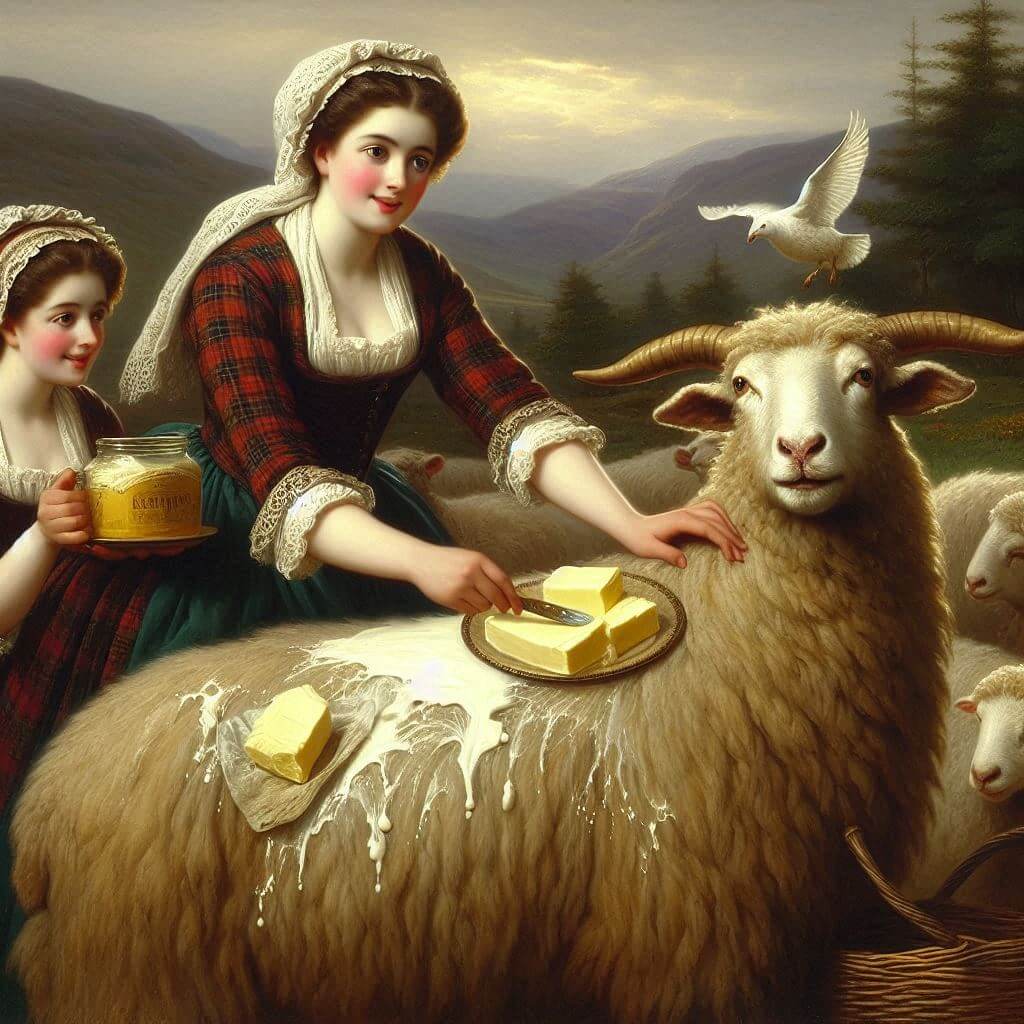
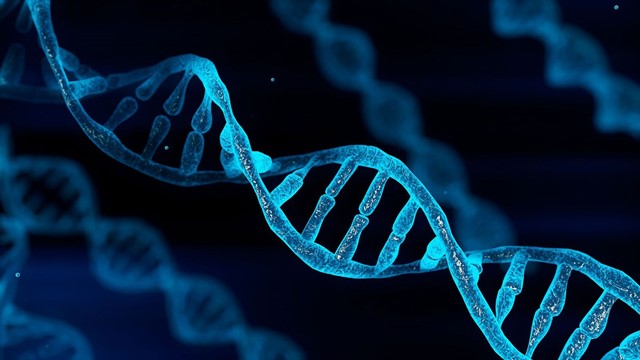
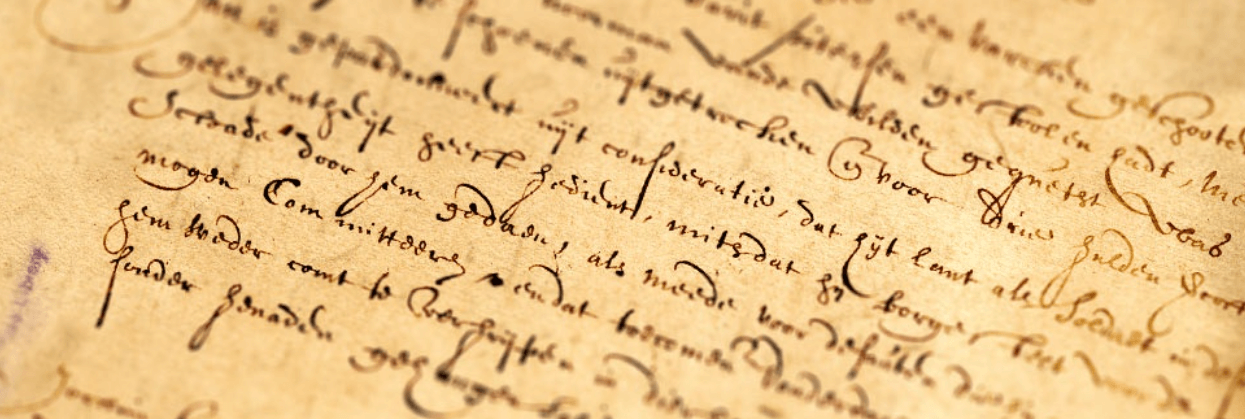
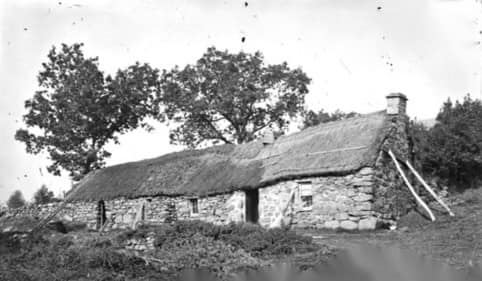
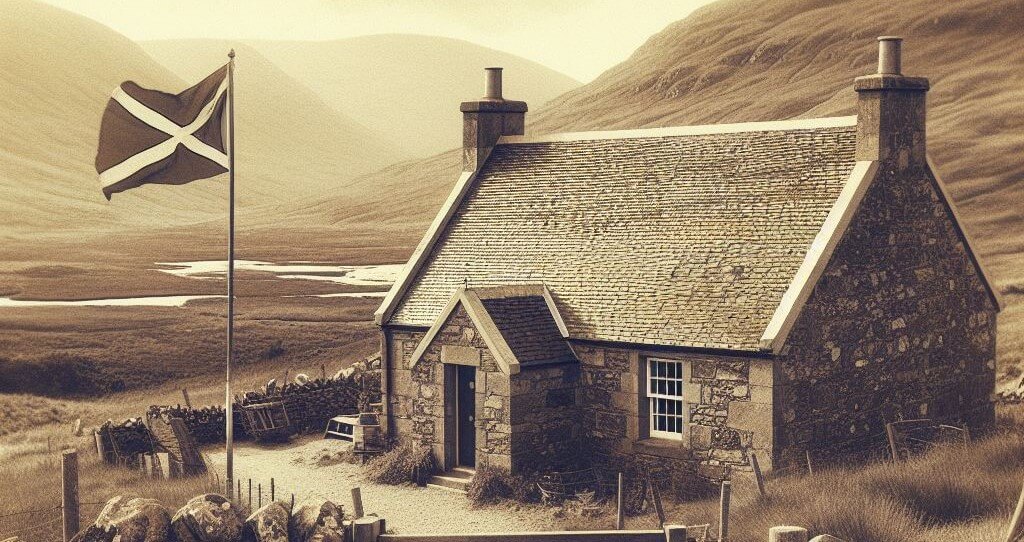
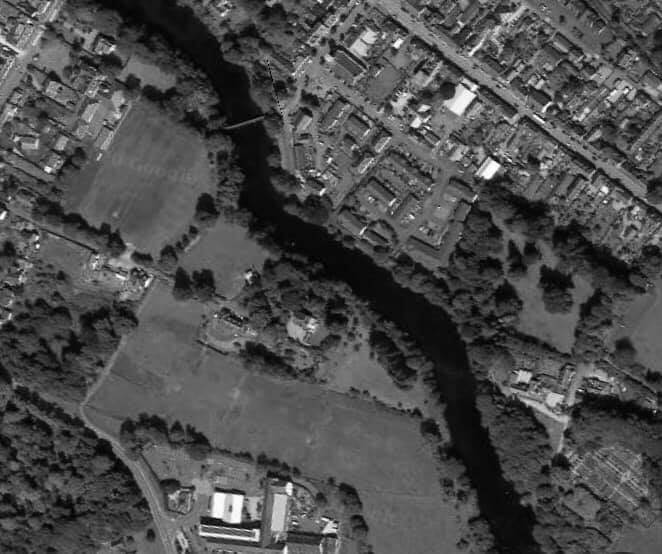
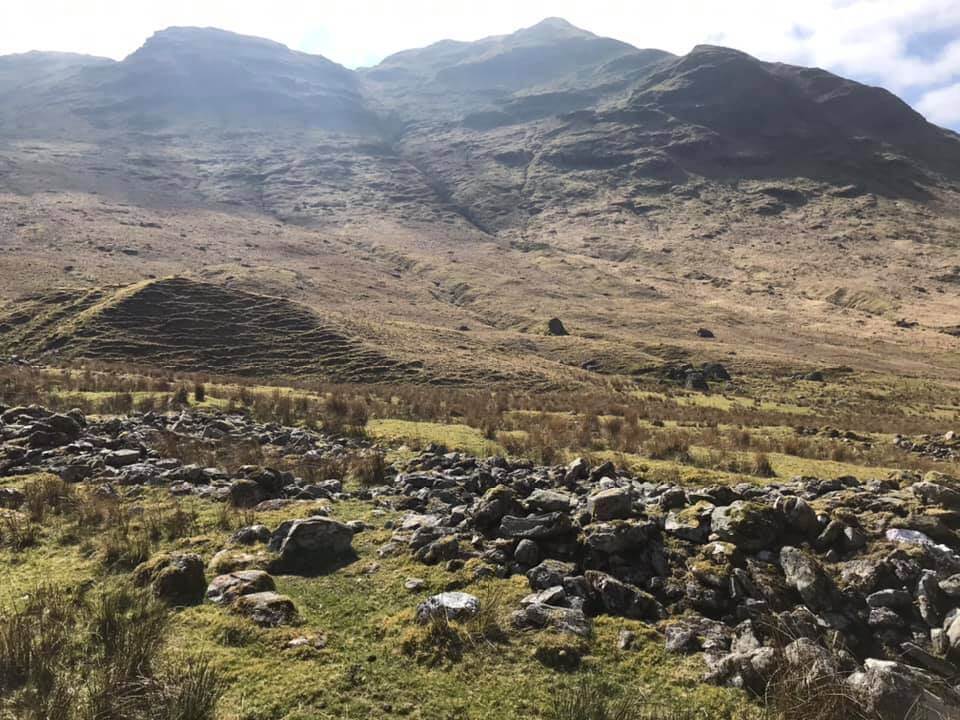
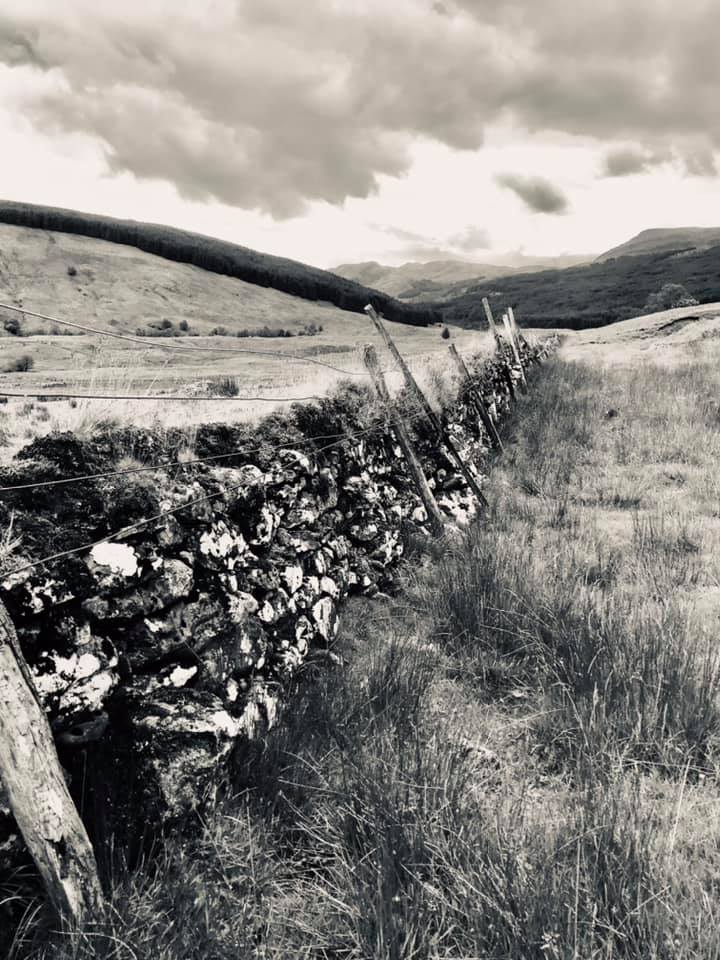
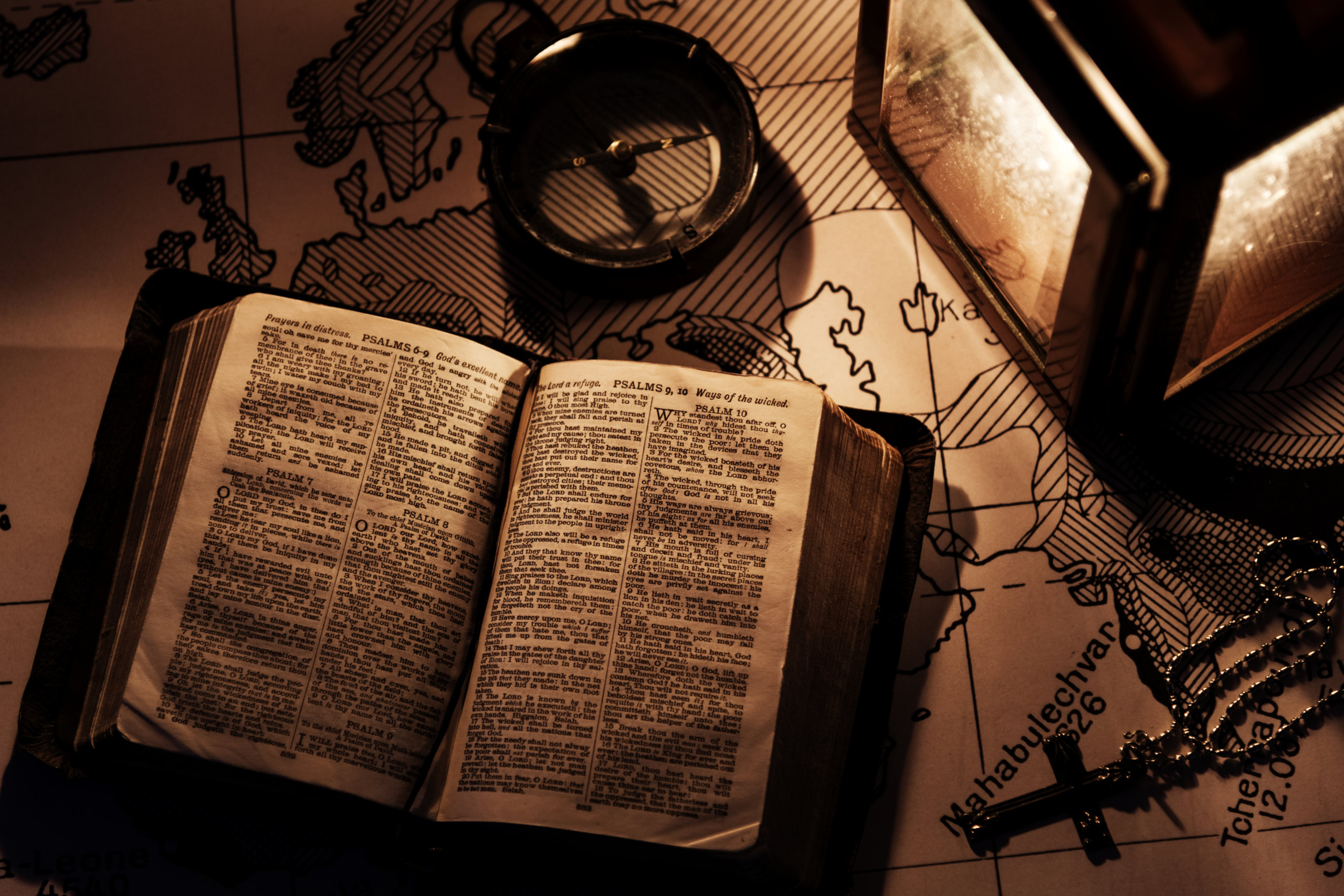
This is a bummer to me. Although it is amazing, I have been trying to find my USA Stewarts in New Jersey link to Scotland via a (John Stewart) born 1709. Only info state, (born of noble descent in Edinburgh) any help would be so appreciated.
Julie, Thank you for your comment. I’m wondering if you meant to comment on a different post? Perhaps this one: https://stewartsofbalquhidder.com/2023/05/27/which-clan-do-my-stewarts-belong-to/
Yes it is difficult to trace ancestors when you have little information to do on. I wish you all the best in tracing your Stewart ancestors. If, at some time in the future, you are successful in tracing them to southwest Perthshire, please get in touch as we would like to add your ancestors’ info to our database.